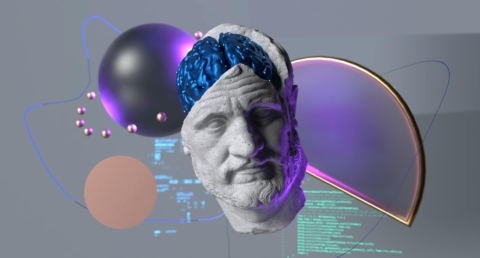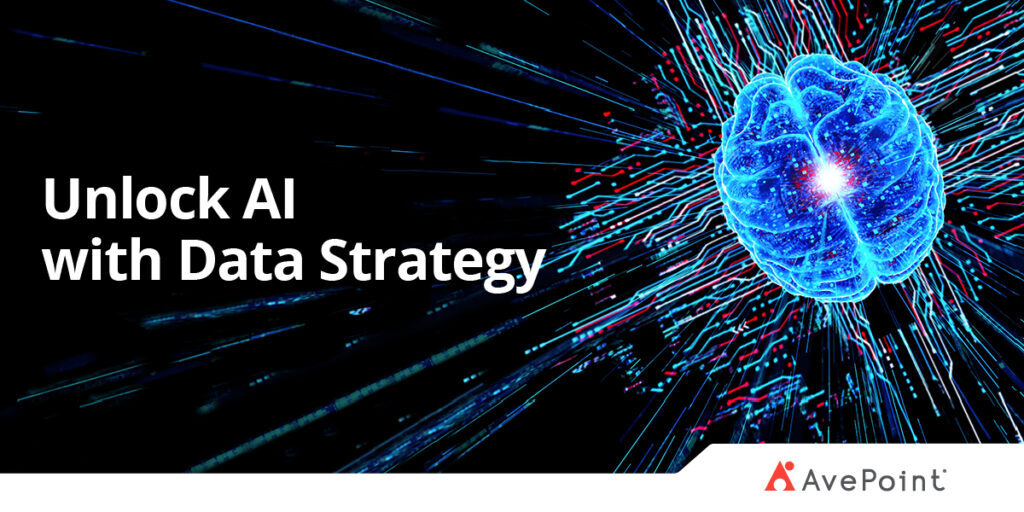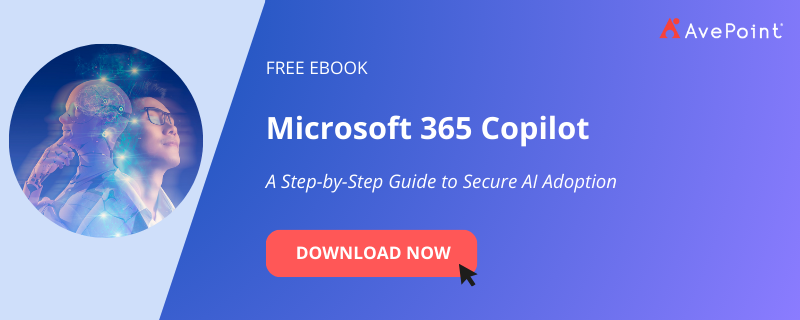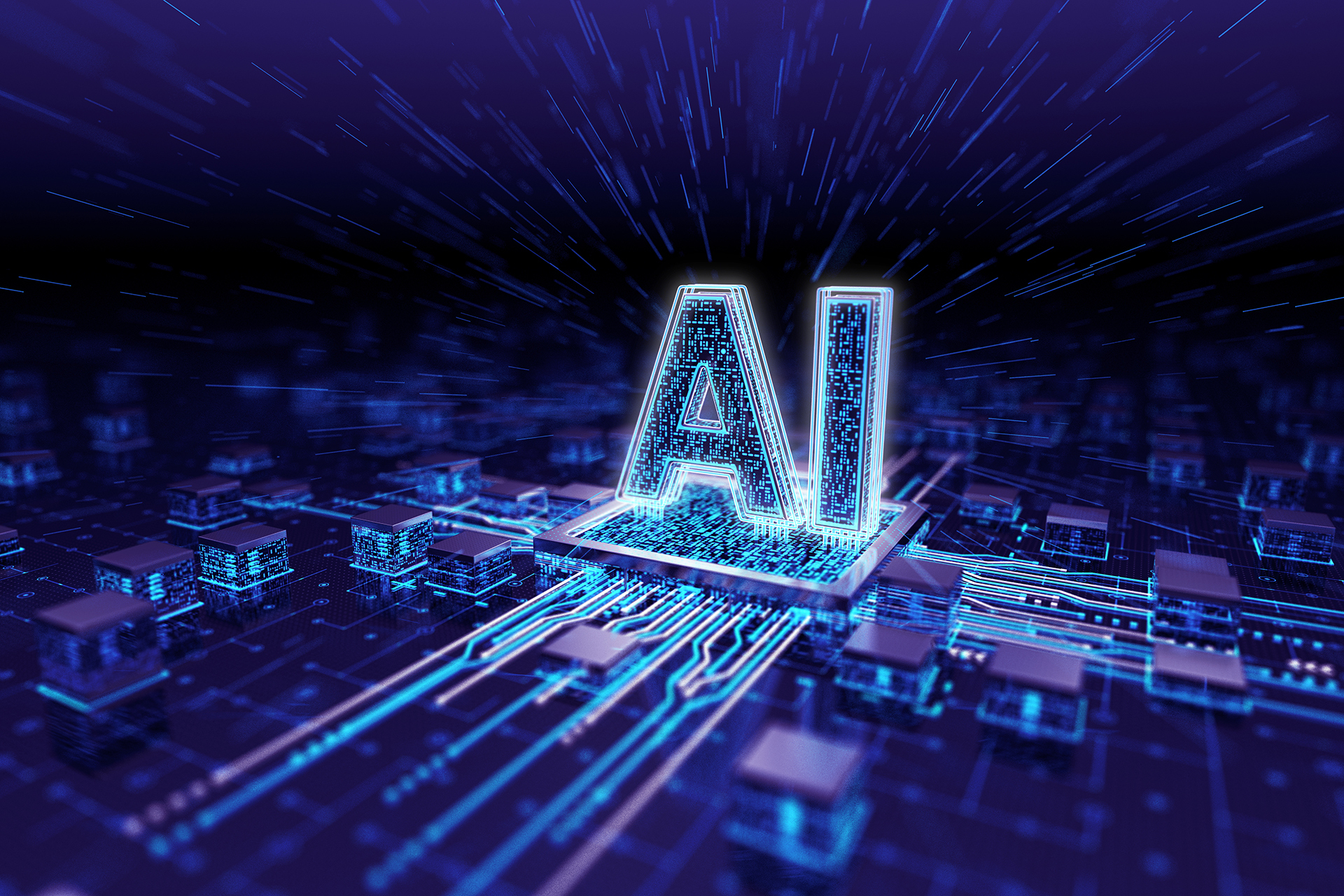Transforming Higher Education with the Power of AI: How to Use AI Effectively and Securely in Your Classroom and Beyond


As the integration of artificial intelligence (AI) accelerates in all spheres of daily life, educators worldwide are rethinking its role in education in recognition of its transformative impact. AI has the potential to enhance the efficiency and productivity of faculty and administrative staff, as well as enrich the learning experience for students. That’s why it’s crucial for all stakeholders to be well-equipped with the necessary skills to navigate an AI-driven future.
Of all the AI technologies now in the market, Microsoft Copilot for Education, an AI-powered assistant for general day-to-day computing, and Microsoft 365 Copilot, an advanced AI tool for work-focused tasks within Microsoft 365, have been making strides in improving various aspects of higher education.
In this blog post, we will discuss relevant use cases that demonstrate how educational institutions have taken advantage of the benefits of AI to achieve new levels of productivity, creativity, and innovation while making teaching more fulfilling.
Harnessing the Power of AI to Improve Higher Education: Some Use Cases
Here are examples of how learning institutions can utilize AI technologies like Microsoft 365 Copilot and Microsoft Copilot for Education to transform the way teachers, administrative staff, and students interact with information and content and how their AI functionalities have spawned new opportunities for creativity, innovation, and collaboration.
While Microsoft Copilot and Microsoft 365 Copilot share similar names, it must be pointed out that their focus and functionalities differ: Microsoft Copilot provides general assistance on day-to-day personal computing in Windows 11, while Microsoft 365 Copilot is for work-related tasks within Microsoft 365 apps to provide contextually relevant AI output based on organizational data.

Let’s dive right in!
Benefits of AI for Teachers and Administrative Staff
Some of the time-saving and productivity-boosting AI functionalities that educators and staff can use include the following:
-
Streamline Administrative Tasks
The primary mission of teachers is to teach, so why not let AI tools relieve them of routine and time-intensive tasks that are meant for graphic designers or executive assistants? This way, they can channel their time and energy on how they can improve their teaching.
Educators can leverage Microsoft 365 Copilot to create polished PowerPoint presentations for their lessons using just a simple prompt. By describing their presentation in the chat box and sharing key points, topics, and any specific content they’d like to include, Copilot can generate a first draft of their presentation in a matter of seconds. The first draft includes content, images, and even animations. Teachers can then build on this first draft and make tweaks as needed, with Copilot assisting through the process.
Microsoft Copilot can assist in summarizing documents, managing schedules, assessing students’ performance over multiple semesters, and finding the information they need more quickly, resulting in substantial time and energy savings.
Microsoft 365 Copilot can access and process data from multiple sources such as emails, documents, chats, and the web to generate context-aware and accurate results due to its seamless integration with Microsoft 365 apps like Word, Excel, PowerPoint, Outlook, and Teams.
-
Teachers Can Create Better Learning Experiences for Students
Microsoft Copilot simplifies lesson planning by providing teachers with suggestions on course outlines, activities, or assessments aligned with learning objectives. What’s more, teachers can use Microsoft Copilot to create rubrics for their lessons. Aside from saving time in lesson plan creation, teachers can make Microsoft Copilot a brainstorming partner for new ideas on activities, assignments, and resources that can help generate more student interest and participation.
There are also SaaS assessment platforms in app marketplaces that offer AI-powered quiz generation tools that sit on top of the Microsoft 365 workspace to help educators generate question-and-answer pairs. This feature can be used for formative assessments or simply injecting some fun in class while learning new concepts.
-
Enable Teachers to Provide Better and Timely Student Feedback
Providing students with better and timely feedback not only helps them understand their strengths and areas for improvement but also allows them to make the necessary adjustments promptly, leading to more effective learning experiences.
Microsoft Copilot helps teachers provide prompt feedback to students by assisting them in drafting initial feedback on their work, which can be edited and personalized before sending it out.
Microsoft Copilot can also help teachers draft reviews or testimonials on students’ progress. In addition, if teachers are spending less time on initial feedback, they can spend more time on actionable discussions with students about how to use the feedback and improve.
How easy is it for teachers to do these tasks?
-
For Review of Student’s Work
It’s pretty simple: open Copilot in the relevant Microsoft 365 app, such as Word or Outlook, when reviewing your students’ work. Type your prompt into the chat window and describe the feedback you want to provide. Copilot will generate an initial draft of feedback based on your input, which can be personalized and edited to suit each student’s needs.
-
For Creating Testimonials of Students’ Progress
Simply prompt Copilot by describing the progress, achievements, or qualities you’d like to highlight. Copilot will generate a draft, which you can further customize to reflect your observations and insights.
Whether it’s a progress report, a testimonial, or a review, Microsoft Copilot streamlines the process and lets you focus on meaningful content.
-
Personalize Learning Experiences for Students
No two students learn in the same way and providing the best learning experience means being able to address diverse learning needs and styles. Microsoft Copilot makes personalization a simple task by helping teachers personalize lesson plans, quizzes, rubrics, assignments, and other class resources to suit individual needs.
For instance, Microsoft Copilot facilitates easy access to the required information based on students’ reading levels, and teachers can create learning materials using the language that the students prefer, bridging language barriers, facilitating communication and understanding among diverse groups of students, regardless of their native languages.
Microsoft Copilot makes personalization at scale possible by learning patterns from existing student data and understanding the context and intent of the language, enabling new ways of creating content for differentiated instruction. This paves the way for better engagement and deeper learning for students. However, as with any AI-generated content, educators need to check and review it for accuracy as part of due diligence.
AvePoint CEO and Co-Founder Dr. Tianyi Jiang (TJ) discusses how organizations, including education, can leverage AI and data to drive innovation and growth:
Benefits of AI for Students
A common misconception about the potential negative impact of AI use is that it could aid students in cheating and rob them of opportunities to learn through the proven, traditional way. But in the age of AI, there are multi-pronged benefits from AI that students can leverage. Here are a few:
-
Quickly Find Resources Relevant to Assigned Lessons
Microsoft 365 Copilot can help students find relevant resources fast, saving them time and ensuring they focus on what’s essential for their assignment and learning. Copilot suggests accurate information, summarizes content, and provides source links, allowing students to assess the source or dive deeper into the topic.
Microsoft 365 Copilot uses GPT-4 Turbo, OpenAI’s latest generation model, to analyze student queries and generate contextually relevant responses.
It understands the students’ needs and tailors its output based on the assigned lessons being worked on, making it easier for students to find the resources required to complete their work. This allows them to focus less on searching for information and more on understanding the information.
-
Provide Personalized Course Recommendations Based on Skills, Preferences and Accessibility
Microsoft Copilot can provide performance-based course recommendations using data analysis to understand each learner’s strengths, weaknesses, and preferences based on previous quizzes or assessments and other existing information. This allows Copilot to offer the most relevant and personalized guidance possible.
Copilot can also adapt to the learner’s needs by adjusting the difficulty and pace of the course content based on individual progress, ensuring that students are challenged appropriately. AI-aided learning can also be infused into curricula in areas such as languages to augment familiarization with new vocabulary so that students can better express themselves.
Microsoft Copilot Studio can also be used to enhance accessibility for learners with diverse abilities through speech-to-text and text-to-speech applications, making educational materials more accessible and inclusive.
-
Manage Schedules and Submissions More Efficiently
Microsoft Copilot streamlines schedule management and submission processes, enhancing efficiency for both students and teachers.
Students benefit from Copilot’s automation capabilities because it can generate reminders, due dates, and notifications, ensuring timely submissions and organized workflows.
Teachers can also manage schedules, lessons, assignments, and assessments, which students can access when needed. Students can track their submissions, receive reminders, and consolidate deadlines tailored to their needs, preferences, and learning pace. This way, each student stays on track with their coursework and deadlines.
Challenges Arising from Use of AI in Education and How to Address Them
Undoubtedly, AI and Microsoft Copilot have the potential to revolutionize schools and other educational institutions. However, before fully embracing this new technology, administrators should pause and carefully weigh the potential implications for their organizations. Thoughtful consideration ensures a smoother transition and maximizes the benefits while mitigating any unforeseen challenges.
Here are some actions you can take before launching AI in your educational institution.
-
Ensure AI Literacy for Teachers and Students to Use AI Effectively
AI literacy is the ability to understand, use, and interact with AI technologies effectively. It requires not only technical expertise but also critical thinking, ethical consideration, and informed decision-making. As AI increasingly influences the way we live, being AI literate allows us to navigate this AI-infused landscape in a confident and responsible manner.
Teachers, staff, and students must acquire new digital skills and competencies to enable schools to achieve AI literacy. This involves strengthening their capacity and readiness for AI by providing them with adequate training, resources, and support. Integrating AI literacy and skills into the curriculum and assessment is also important.
Furthermore, teachers and students need the ability to discern good quality AI output from bad ones, as exercising due diligence is still necessary despite AI tools being based on advanced language models. This is where having a strong data foundation comes in to unlock the full potential of AI.
See why a robust data strategy is essential to unleashing the full potential of AI in this blog post:

-
Keep an Eye on How AI is Being Used by Students and Teachers
A common concern among educators is how students can use AI to cheat in their exams or other requirements. Because AI can generate accurate answers quickly and easily, students might be tempted to use AI to complete their work. There are also concerns about how AI could be misused or abused.
To respond to these concerns, schools must establish clear policies to define the parameters governing ethical AI use, enforce data management measures that promote academic integrity, educate stakeholders about responsible AI use, and regularly update guidelines to stay aligned with developments in AI technology. There is also a need to monitor how students, teachers and staff are using AI to ensure compliance with the policies set for responsible use.
In the area of assessments, for example, project work and essays might need to be tweaked to elicit students’ understanding of concepts in terms of real-world applications as compared to traditional questions that AI may be able to provide answers to. AI is, after all, a statistical representation of the world and cannot beat the creativity of the human mind. Anti-cheat technologies will also have to keep up with the detection of AI-generated answers for education institutes to reinforce the importance of assessment originality.
Learn more about how AvePoint tyGraph helps you track how your organization uses Copilot for Microsoft 365:

Unlock the Transformative Power of AI by Adopting a Sound AI Strategy
In the age of AI, it’s not a question of if but when this technology will become integral to schools.
Education leaders should proactively grasp its essence, mechanics, and the necessary safeguards for secure AI adoption. Even if your school opts not to implement it immediately, preparing for the inevitable ensures readiness when it’s no longer a matter of choice.
Whether your school plans to invest in AI or not, public AI models are flourishing and easily accessible and it’s likely your students (and perhaps, even some of your educators) have already been using these tools to help streamline their tasks. So, to ensure your school is adequately prepared for AI’s impact, it’s important to ponder on a sound AI strategy that you can implement with confidence.
This means educating both students and staff on what AI is and what its purpose should be. Users should be trained to recognize low-quality AI output and use critical thinking skills to question where such information may have come from. And finally, it is everyone’s responsibility to ensure that any sensitive data is properly protected from those who might input it into public AI information domains without understanding the risk of doing so.
Want to know if AI can improve the learning experience in your school? Check out this webinar for useful insights: Microsoft 365 Copilot 101: How to Accelerate Digital Workplace Success with AI.


Abby Payuyo is a Senior Technical Marketing Writer at AvePoint, covering Artificial Intelligence and Machine Learning. With over 20 years of experience in marketing communications and technical writing, including a recent stint in cybersecurity, Abby creates content that helps organizations navigate the challenges of the modern workplace with the help of AI & ML solutions.


